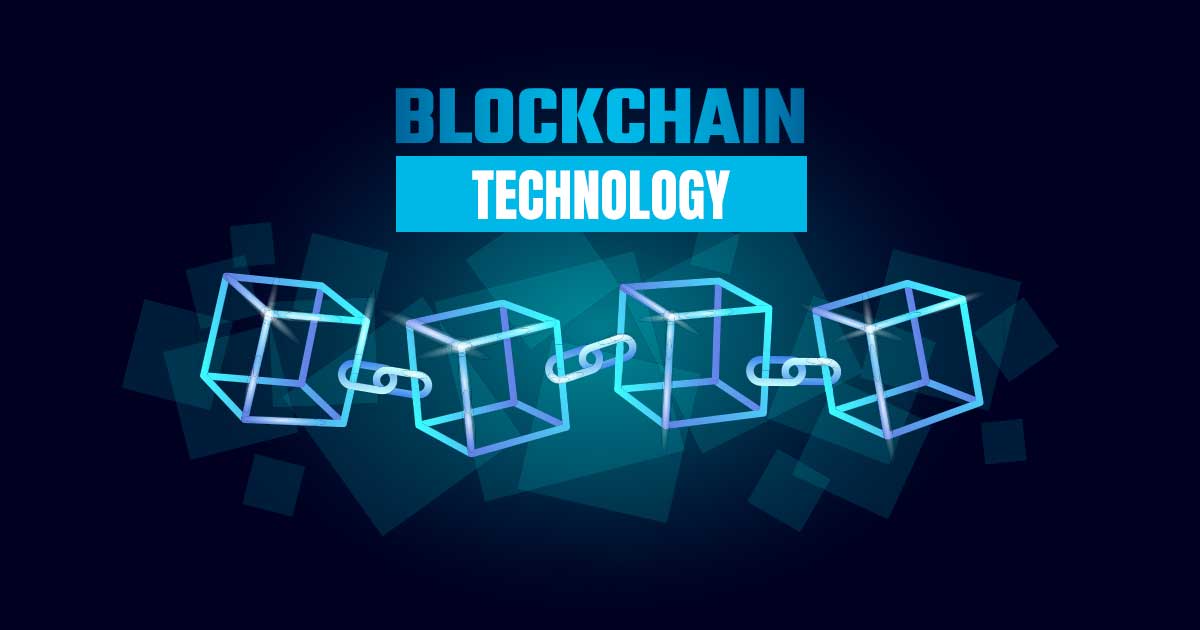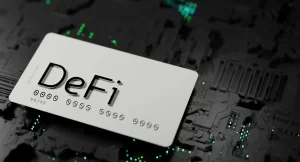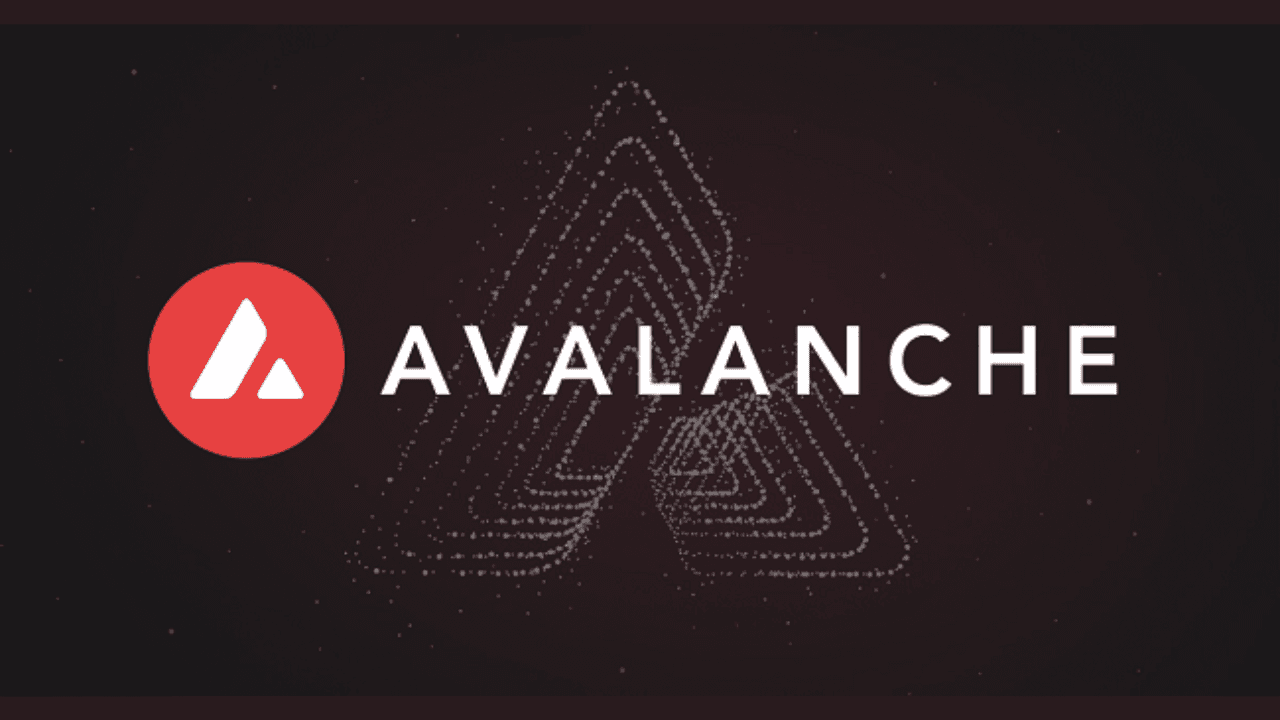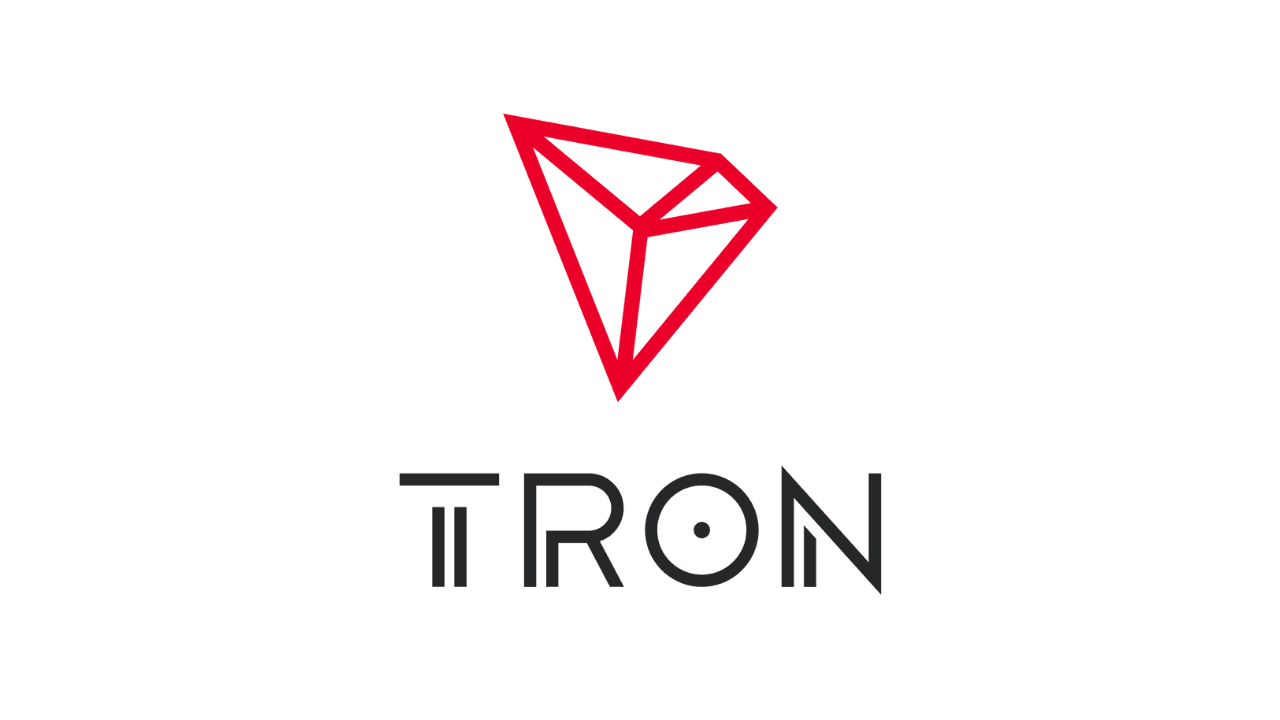Although initially recognized for only being the underlying framework of cryptocurrencies, blockchain technology is now acknowledged as something much more. Thanks to its immutable, decentralized, and highly secure design, the technology holds the potential to revolutionize entire sectors and industries. As this concept is evolving and growing, you might be speculating about what is this blockchain technology and how does it work?
In this article, we have summarized the features of this technology and how it can transform various platforms.
Table of Contents
ToggleWhat is blockchain technology and how does it work?
Blockchain Technology
Blockchain, also known as distributed ledger technology (DLT), is a type of decentralized digital database where information is added in the form of “blocks” after validation from a network of computers (nodes). All computers in the peer-to-peer network hold a copy of the ledger and maintain the viability of the blockchain by updating and verifying the transactions simultaneously. Once a transaction (data block) is linked to the chain, it cannot be changed or modified due to the implementation of unique hashing algorithms and cryptography. As a transparent and distributed ledger, blockchain establishes a single source of legitimate data without the interference of any central authorities.
Although blockchain is much more complex than a simple Google Doc., its example can be helpful in explaining the blockchain framework in simple terms. When a Google document is distributed or shared with a group, a decentralized & synced channel is enacted where all the participants can access the file. Whenever an amendment or modification is made in the document, it gets updated in real-time for all network participants. However, unlike Google Docs, the blockchain data exists in a highly encrypted form, and once entered, it cannot be tampered with at all.
How does blockchain work?
Here is a breakdown of the blockchain’s working process:
1. A transaction with a unique digital signature is initiated and forwarded to the blockchain network consisting of thousands of nodes.
2. In a process called “proof-of-work,” the p2p network miners strive to solve complex computational puzzles for registering that new transaction (block). The participant (miner) who succeeds first in finding the right hashing value and completing the block is rewarded for this task.
3. Afterward, the network participants (nodes) confirm the transaction and the relevant new block to the pre-existing chain.
4. Once the new block is tied to the previous data blocks using a fixed fingerprint, the transaction is finally processed.
Primary components of a blockchain
For further clarification, the following are some key concepts of this innovative technology:
Blocks
The central elements of a blockchain are known as “blocks” that are stuck together by strict algorithms. In particular, a block incorporates “data” and a whole number 32-bit “nonce” that generates a 256-bit number cryptographic “hash.” Also, all blocks contain a stamp/print of the preceding block’s hash, hence making it extremely difficult to manipulate some earlier block’s data without disrupting the whole chain.
Cryptographic keys
The cryptographic keys, including the private and public keys, signify the unique digital identities of authorized participants. These “digital stamps” hold significant importance as they are responsible for establishing the distinctiveness and individuality of all transactions.
Mining
Mining refers to the process by which new blocks are added to the public distributed ledger or blockchain as per the proof-of-work consensus protocol. It is the most vital component of blockchain technology that ensures its integrity without the need for any intermediary party. Miners, who participate in the mining process, utilize specifically built machines and software to run complex algorithms for generating the “right hash” of a new block. Once this intricate process is completed, the new block is added to the chain, verified by other network participants, and the relevant miner is rewarded accordingly.
However, with the rapid technological advancements, various other blockchain operational mechanisms have also come into the picture. For instance, the proof-of-stake model has become one of the most popular protocols as it does not require heavy mining equipment. Instead, it imparts the participants validating power according to the value of staked assets.
Nodes
As previously mentioned, blockchain technology integrates a decentralized and distributed framework with no centralized owner. Nodes are the computers or electronic devices that maintain this peer-to-peer network and hold copies of blockchain data, ensuring the whole system’s security.
Why is blockchain technology gaining popularity?
It is wondrous how blockchain technology is being talked about in every nook and cranny of the world. Certainly, it is because of this technology’s several unique attributes that make it stand out in the technological world.
- First of all, high security is the winning point of blockchains. Due to the involvement of sophisticated cryptography and thousands of nodes, it is near-impossible to alter the blockchain data.
- As this technology is decentralized, it cannot be monopolized or manipulated by any central party. Moreover, it is cost-efficient and involves reduced transactional costs due to no third-party association.
- Transparency is the key attribute of blockchain technology as all parties can access the public data ledger and navigate the records. However, the anonymity of owners is maintained.
- Blockchain can remain functional even if one or two nodes stop working or go down, proving it to be a remarkably potent and durable technology
Prominent use cases of blockchain
Here are some of the most eminent applications of blockchain across various industries.
Cryptocurrency
Introduced in 2008, cryptocurrencies, also known as digital currencies, stimulated the blockchain’s technological rise. This virtual currency works through blockchain technology as all monetary transactions exist on the distributed ledger; instead of any physical form. Bitcoin and Ethereum are the two leading cryptocurrencies with a market cap of more than $1.5 trillion.
Finance industry
Blockchain technology is making a massive impact in the finance industry. It provides an efficient way to quickly process cross-border money transfers and payments. Its secure and decentralized structure also makes it useful for auditing, monetary settlements, and record keeping. Moreover, blockchain smart contracts can be monumental in minimizing insurance-related disputes.
Security
Blockchain holds a solution to extensive security issues present on the personal as well as professional levels. This distributed ledger technology can be useful in securing personal identity information, record management, and private data transmission. Moreover, this technology can improve the cybersecurity industry by preventing a single-point failure.
Healthcare
The Healthcare department is specifically sensitive to forged information that could lead to disastrous results. Blockchain technology can help maintain an immutable record of patients’ medical history and ongoing treatment, which the medical personnel can timely access with the proper authorization. Further, the technology can also be useful in tracking the medical equipment and sensitive devices from the point of origin to establish their authenticity.
You may also like: What is Forex Trading and How Does it Work? – 5 Easy to Follow Steps













